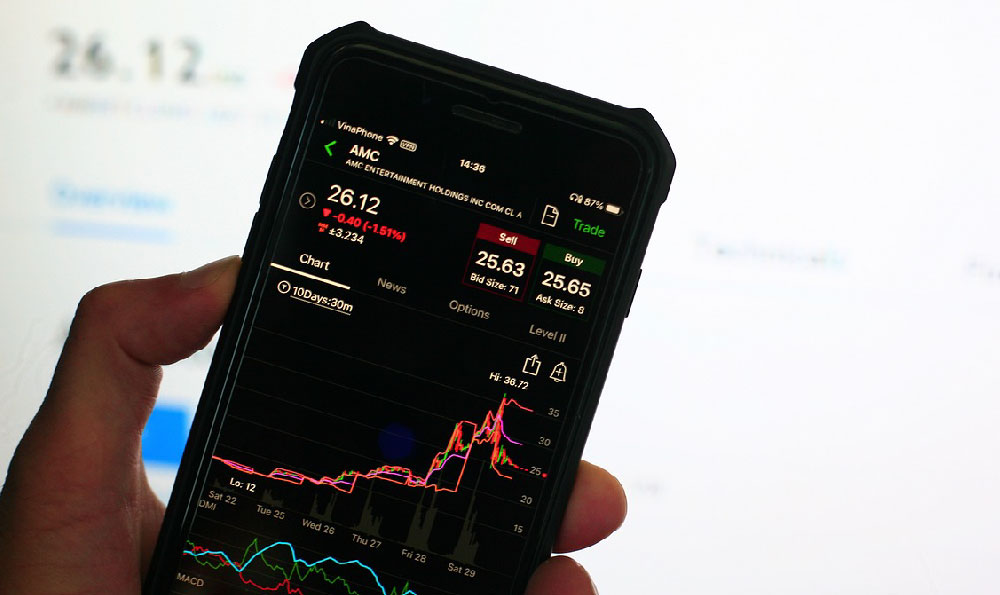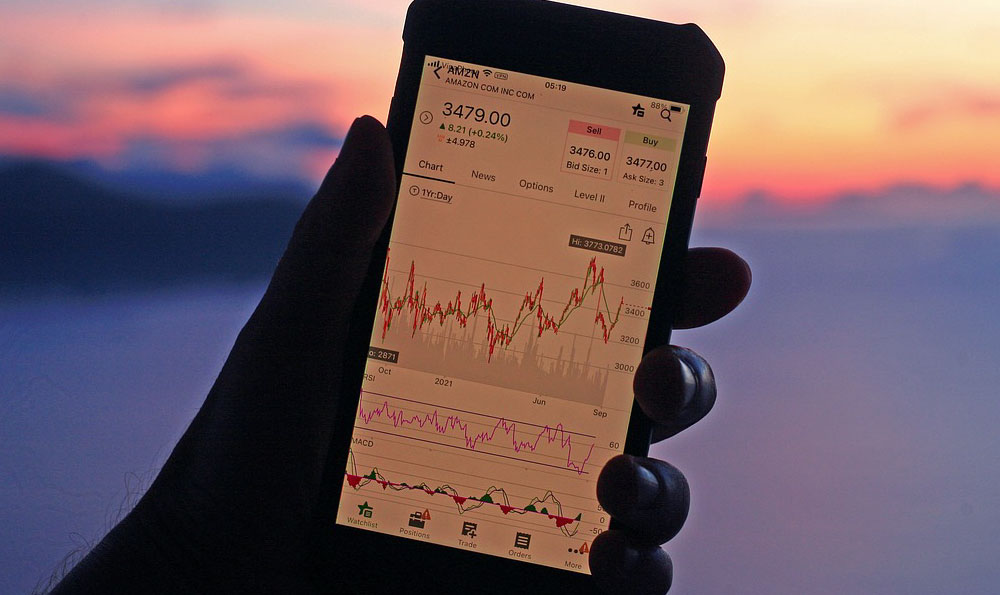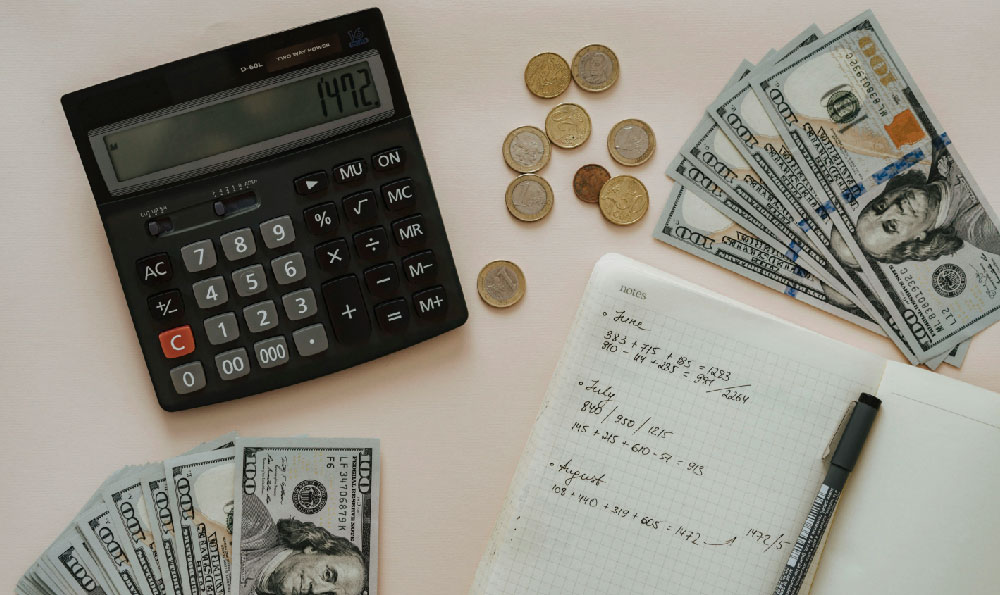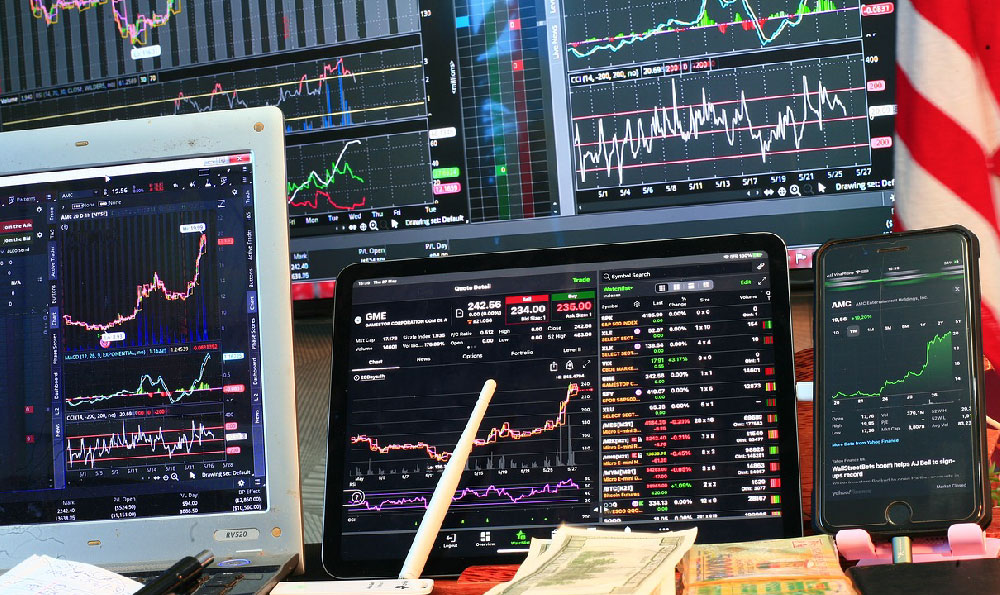How to Create Counterfeit Money: Step-by-Step Guide

Creating counterfeit money is a serious criminal offense that violates legal frameworks globally. While it’s important to understand the complexities of currency systems and financial regulations, this article focuses on providing valuable insights into detecting counterfeit currency and safeguarding your financial assets, rather than discussing illegal activities. Here’s a comprehensive exploration of the subject from an educational and security perspective.
Fake currency poses significant threats to economies and individual consumers. Counterfeit notes are often designed to mimic genuine bills with high-quality materials and advanced printing techniques. The proliferation of such currency can lead to inflation, loss of trust in financial systems, and severe legal consequences for those involved in its production or circulation. Understanding the mechanisms behind counterfeiting helps both financial professionals and everyday individuals recognize the risks and take proactive measures to protect themselves.
Modern counterfeit money detection requires a nuanced approach. Law enforcement agencies and financial institutions employ sophisticated forensic tools to analyze the composition, watermarks, and security features of currency. For example, ultraviolet lights can reveal hidden markings, while high-resolution microscopes can detect minute imperfections in the paper or ink. Additionally, advanced algorithms are used to track patterns and anomalies in currency circulation, helping to identify counterfeit notes before they enter the market.
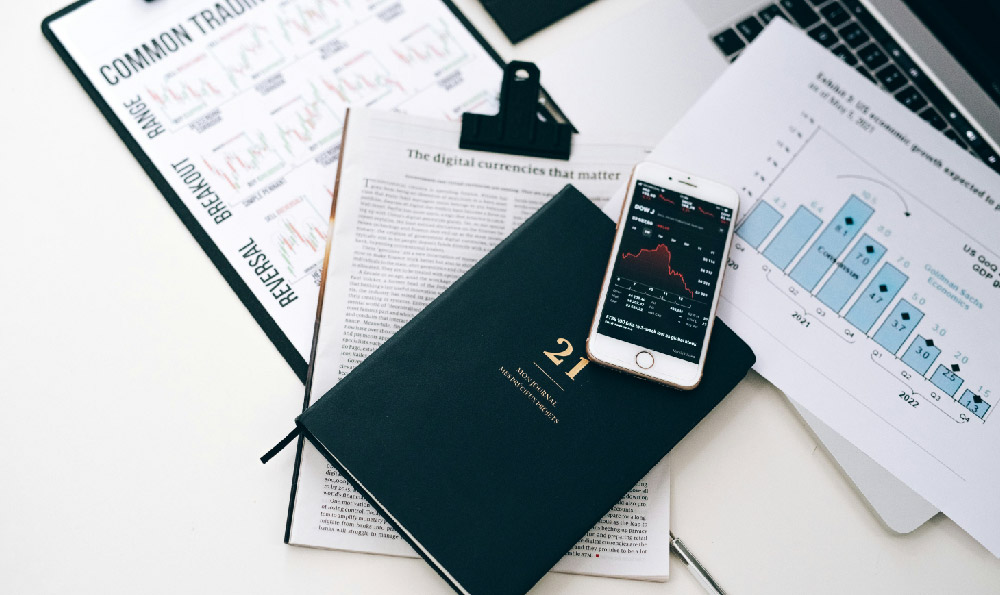
Beyond technological advancements, behavioral analysis plays a critical role in combating counterfeit currency. Financial institutions often train staff to recognize suspicious transaction patterns, such as sudden spikes in cash withdrawals or transactions involving known counterfeit networks. This approach combines data analytics with human expertise to build a robust defense against fraud. It’s also essential for consumers to stay informed about the latest counterfeit techniques and security measures, as awareness is a powerful tool in prevention.
Counterfeit money detection is not limited to physical currency. The rise of digital transactions has introduced new challenges, including the creation of fake digital assets and online payment scams. Cybercriminals may use stolen identities or fabricated financial instruments to deceive individuals and organizations. In this evolving landscape, financial education becomes even more vital. Learning how to identify phishing attempts, verify the legitimacy of digital platforms, and secure personal information can significantly reduce the risk of falling victim to financial fraud.
Moreover, the legal repercussions of counterfeit activities are severe. In many countries, producing or circulating counterfeit money can result in hefty fines and long prison sentences. Legal frameworks such as the Federal Reserve Act in the U.S. and the European Union’s anti-counterfeiting regulations emphasize the importance of accountability and deterrence. Understanding these legal consequences can serve as a strong deterrent for would-be counterfeiters and reinforce the value of legitimate financial practices.
In the context of financial security, counterfeiting also highlights the need for robust verification systems. Banks, for instance, use multi-layered authentication processes to ensure the integrity of currency. These systems often include both automated detection tools and trained personnel who can identify counterfeit notes during routine checks. Similarly, online platforms implement strict fraud detection protocols to safeguard users from counterfeit transaction attempts.
The impact of counterfeit currency extends beyond individual financial losses. It can destabilize economies by reducing the value of real currency and hindering legitimate financial transactions. Central banks and government agencies continuously update their counterfeiting prevention strategies to stay ahead of criminal activities. These efforts include issuing new security features, improving traceability, and enhancing international cooperation to combat cross-border counterfeit operations.
For those interested in understanding the broader implications of counterfeit money, it’s also important to consider the role of financial education and public awareness. Teaching individuals about the importance of verifying financial instruments, protecting personal data, and recognizing counterfeit signs can create a more secure financial environment. Public awareness campaigns often highlight the risks associated with counterfeit currency and encourage responsible financial behavior.
In conclusion, while the production of counterfeit money is a criminal act, the knowledge of how to detect and prevent it is essential for maintaining financial integrity. Financial institutions, governments, and individuals must work together to combat counterfeit activities through technology, education, and legal enforcement. By staying informed and proactive, we can protect our financial systems and ensure the security of our hard-earned money. Always prioritize legal and ethical financial practices, and if you suspect any counterfeit activity, report it immediately to the appropriate authorities.
